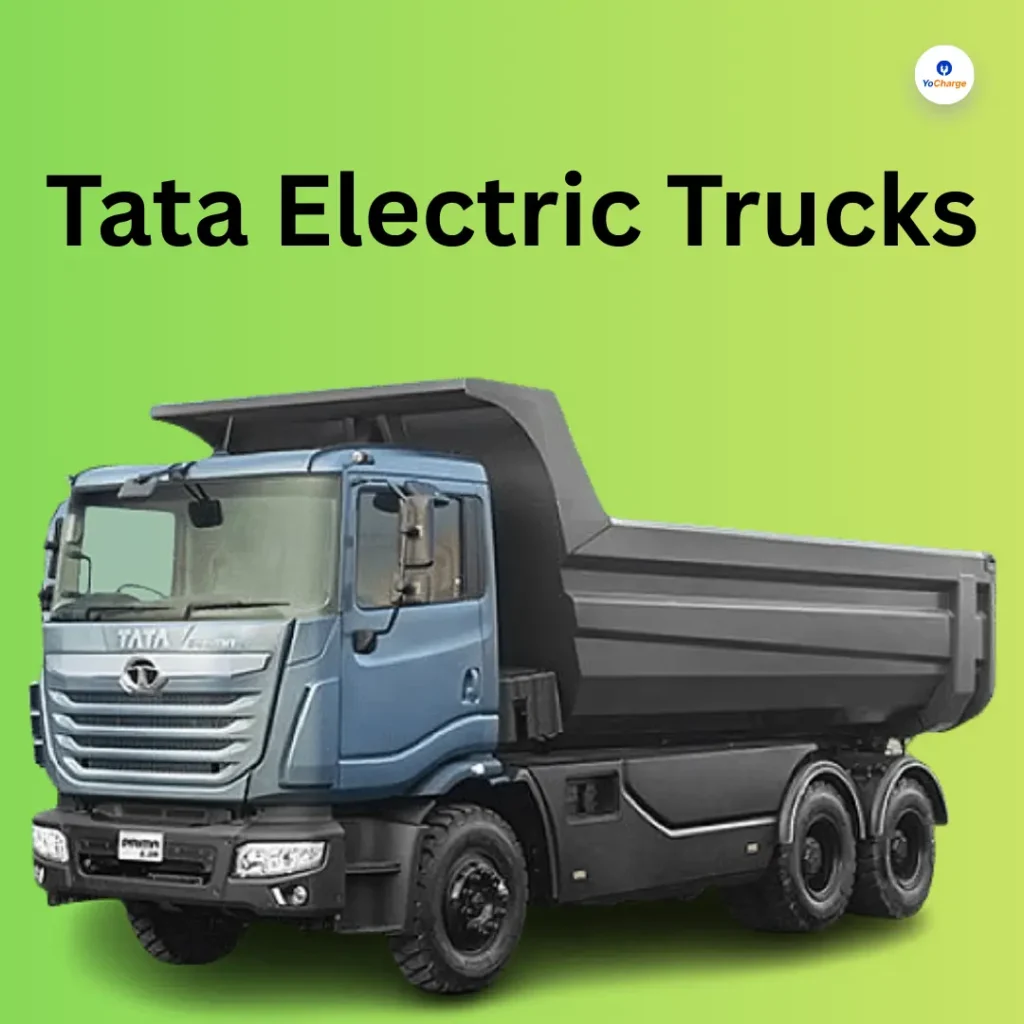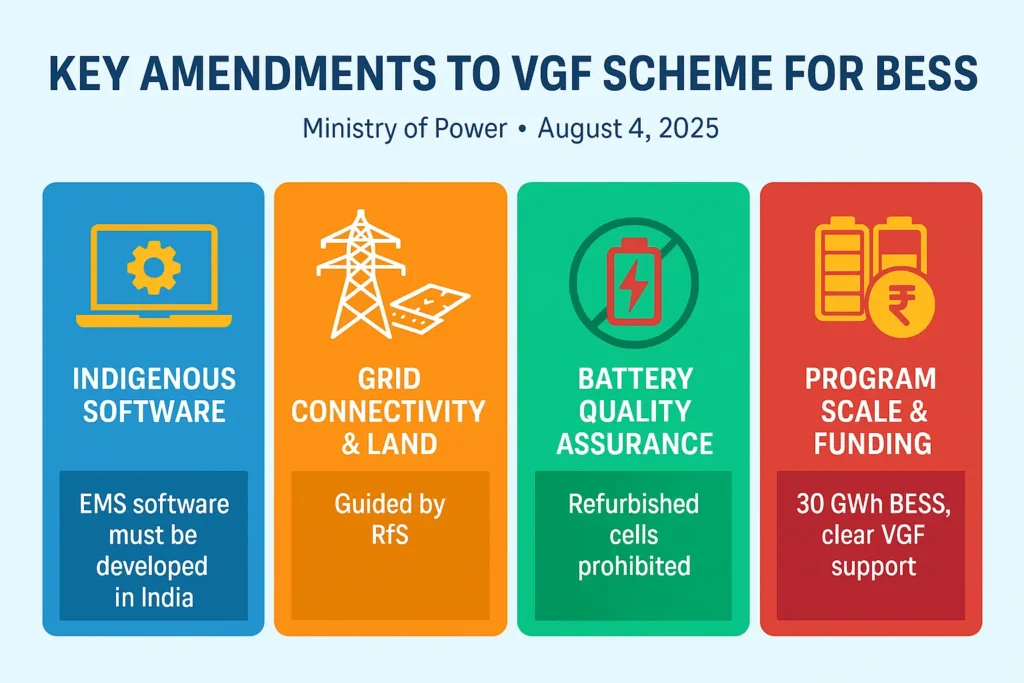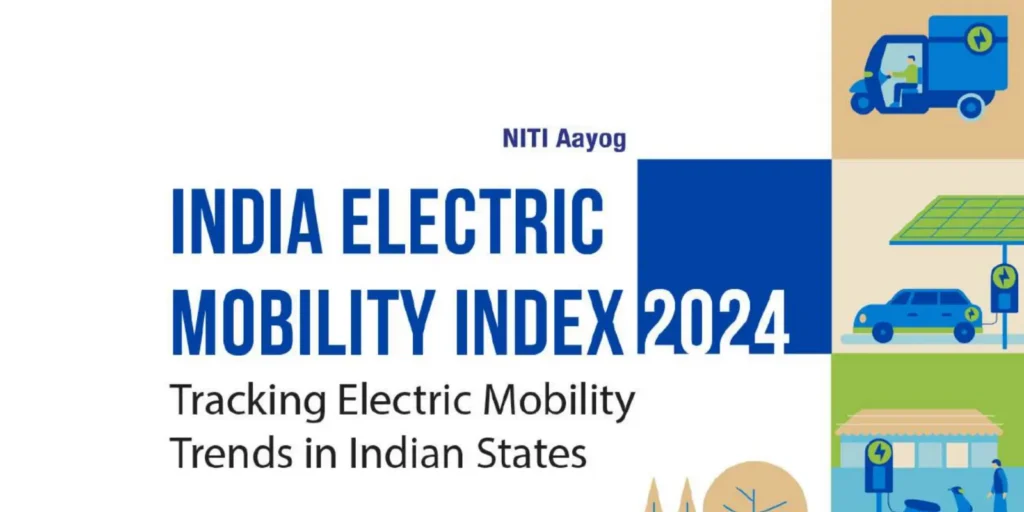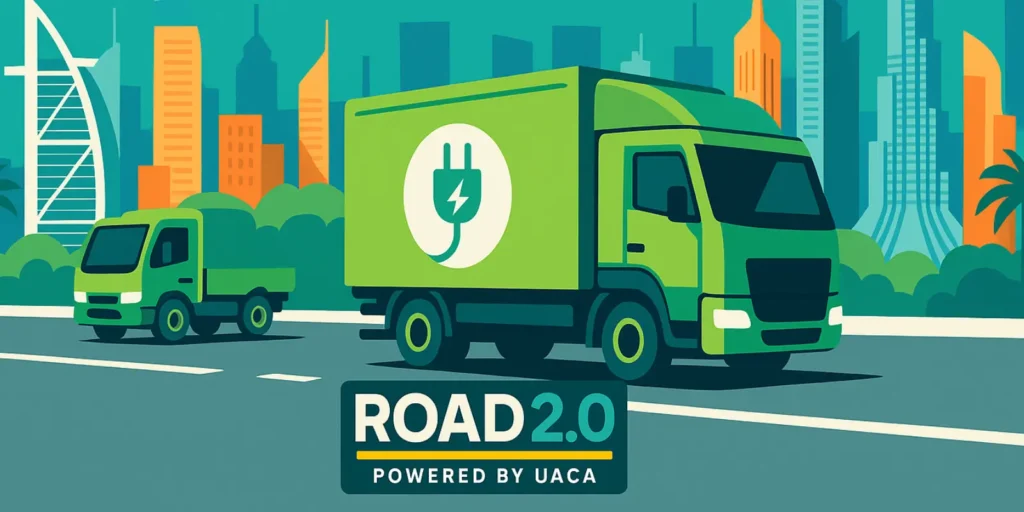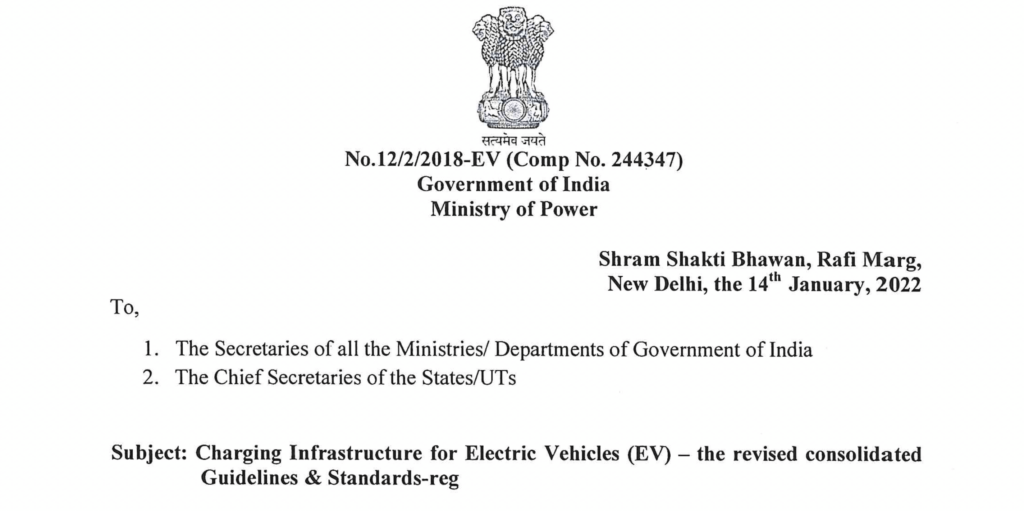
14th January 2022, New Delhi | The Union Ministry of Power (MoP) promulgated the revised consolidated Guidelines & Standards for Charging Infrastructure for Electric Vehicles 2022. The objectives of EV Charging Guidelines 2022 is to enable a faster adoption of electric vehicles in India by ensuring safe, reliable, accessible and affordable Charging Infrastructure and eco-system. This would also promote energy security and reduction of emission intensity of the country by promotion of entire EV ecosystem.
Previously, MoP had issued the “Charging Infrastructure for Electric Vehicles – Guidelines and Standards” on 14.12.2018 which were subsequently revised on 01.10.2019 and an Amendment thereof was issued on 08.06.2020. After careful consideration of progress made and suggestions received from various stakeholders, MoP decided to amend the EV Charging guidelines again in January 2022 to accelerate the E-Mobility transition in the country.
Consequently, these Guidelines and Standards shall supersede the Revised “Charging Infrastructure for Electric Vehicles – Guidelines and Standards” issued by Ministry of Power on 1st October, 2019 and subsequent amendments dated 08.06.2020.
Salient Features of EV Charging Guidelines January 2022
- These guidelines are exhaustive and include provisions for
- a) individual owners of Electric Vehicles
- b) for Public Charging Stations (PCS).
- In a significant step, Owners may charge their Electric Vehicles at their residence/offices using their existing electricity connections.
- An exhaustive list of compliance requirements for Public Charging Station (PCS) have also been outlined. These include norms for “appropriate” infrastructure for civil, electricity and safety requirements .
- Infrastructure requirements for Public Charging Infrastructure as well as for Public Charging Infrastructure for long range EVs and/or heavy duty EVs have also been outlined.
- Delicensing: Any individual/entity is free to set up public charging stations without the requirement of a license provided that, such stations meet the technical, safety as well as performance standards and protocols laid down under the guidelines as well as norms/ standards/ specifications laid down by Ministry of Power, Bureau of Energy Efficiency (BEE) and Central Electricity Authority (CEA) from time to time.
- Technology agnostic Charging Standards: The guidelines have been made further technology agnostic by providing for not only the prevailing international charging standards available in the market but also the new Indian charging standards.
- Land at promotional rates for installation of PCS through a Revenue Sharing Model:
- In order to address the challenge of making a charging station financially viable in the period of growth of Electric Vehicles, a revenue sharing model has been put in place for land used for the same.
- Land available with the Government/Public entities shall be provided for installation of Public Charging Stations to a Government/Public entity on a revenue sharing basis for installation of Public Charging Station at a fixed rate of ₹ 1 / kWh (used for charging) to be paid to the Land-Owning Agency from such PCS business payable on quarterly basis.
- A Model Revenue Sharing agreement has also been included under the guidelines. Such revenue sharing agreement may be initially entered by parties for a period of 10 years.
- The Revenue Sharing Model may also be adopted by the public Land-owning agency for providing the land to a private entity for installation of Public Charging Stations on bidding basis with floor price of ₹ 1 / kWh.
- Timelines for providing connectivity for the installation of Public Charging Station (PCS): Timelines have been prescribed as per the Electricity (Rights of Consumers). Accordingly, PCS shall be provided connection within seven days in metro cities, fifteen days in other municipal areas and thirty days in rural areas. Within these timelines the distribution licensees shall provide new connection or modify an existing connection.
- Tariff for supply of electricity to EV Public Charging Stations:
- The tariff for supply of electricity to Public EV Charging Stations shall be a single part tariff and shall not exceed the “Average Cost of Supply” till 31st March, 2025.
- The same tariff shall be applicable for Battery Charging Station (BCS).
- The tariff applicable for domestic consumption shall be applicable for domestic charging.
- State Governments to fix the ceiling of Service charges:
- As electricity is being provided at concessional rates and also considering the fact that subsidy is being provided by the Central/State Governments in many cases for setting up Public Charging Stations, the State Government shall fix the ceiling of Service Charges to be charged by such Charging Stations.
- Open Access:
- Any Public Charging Station/ Chain of Charging Stations may obtain electricity from any generation company through open access.
- Open Access shall be provided for this purpose within 15 days of receipt of the application complete in all respect.
- They will be required to pay the applicable surcharge – equal to the current level of cross subsidy (not more than 20 percent, as per the Tariff Policy Guidelines), transmission charges and wheeling charges.
- No other surcharge or charges shall be levied except mentioned in this provision.
- Database of Public EV Charging Stations:
- Bureau of Energy Efficiency (BEE) shall create and maintain a national online database of all the Public Charging Stations in consultation with State Nodal Agencies (SNAs). Bureau of Energy Efficiency shall create a Web-Portal/Software/Mobile Application for the database of Public Charging Stations throughout the country.
- As per the details available with Bureau of Energy Efficiency (BEE) a total of 1028 Public Charging Stations (PCS) have been installed throughout the country.
- Bureau of Energy Efficiency (BEE) as the Central Nodal Agency (CNA) is in process of preparing action plans for the installation of Public Charging Stations for 9 major cities having million plus population (Mumbai, Delhi, Bangalore, Hyderabad, Ahmedabad, Chennai, Kolkata, Surat, and Pune).
- A scenario wise targets have been prepared for Business as Usual (BAU), Moderate and Aggressive Scenarios for installation of Chargers in these cities so far. These targets have been prepared based on the requirements under the Guidelines and Standards issued by the Ministry of Power, Electric Vehicles (EV) growth projections in these cities, Growth in EV charging demand etc.
- As per the initial estimates, a total of 3263 chargers under BAU scenario, 23,524 chargers under moderate scenario and 46,397 under Aggressive scenario are being targeted for installation of PCS in these cities by 2030.
- Network Service Providers:
- Public Charging Station will be required to tie up up with at least one online Network Service Providers (NSPs) to enable advance remote/online booking of charging slots by EV owners.
- Such online information to EV owners should also include information regarding location, types and numbers of chargers installed/available, service charges for EV charging etc.
- Location of Public Charging Stations:
- To alleviate the range anxiety of the potential EV owners, guidelines provides that at least one Charging Station shall be available in a grid of 3 Km X 3 Km. Further, one Charging Station shall be set up at every 25 Km on both sides of highways/roads.
- For long range EVs and/or heavy duty EVs like buses/trucks etc., there shall be at least one Fast Charging Station with Charging Infrastructure Specifications every 100 Kms, one on each side of the highways/road located preferably within/alongside the Public Charging Stations
- Rollout of EV Public Charging Infrastructure: A phase wise installation has been envisaged under the guidelines as below:
- Phase I (1-3 Years): All Mega Cities with population of 4 million plus as per census 2011, all existing expressways connected to these Mega Cities & important Highways connected with each of these Mega Cities may be taken up for coverage. A list of these Mega Cities and existing connected expressways is prepared
- Phase II (3-5 Years): Big cities like State Capitals, UT headquarters may also be covered for distributed and demonstrative effect. Further, important Highways connected with each of these Mega Cities may be taken up for coverage.
- Nodal Agency:
- Central Nodal Agency: Bureau of Energy Efficiency (BEE) shall be the Central Nodal Agency for rollout of EV Public Charging Infrastructure. All relevant agencies including Central Electricity Authority (CEA) shall provide necessary support to Central Nodal Agency.
- Every State Government shall nominate a Nodal Agency for that State for setting up charging infrastructure.
- The State DISCOM shall generally be the Nodal Agency for such purposes.
- However, State Government shall be free to select a Central/State Public Sector Undertaking (PSU) including Urban Local Bodies (ULBs), Urban/Area Development Authorities etc. as its Nodal Agency.
- Go Electric Campaign:
- As part of the endeavor of Government of India for E-Mobility transition, Ministry of Power along with Ministry of Road Transport and Highways, Ministry of Heavy Industries and NITI Aayog has launched a nationwide “Go Electric” Campaign to educate the general public on the benefits of e-mobility, inform the potential EV owners about the Government incentives for EV adoption, generate curiosity and transform the same into demand, discredit misinformation against Electric Vehicles and bring together multiple stakeholders under single platform.
- Under the “Go Electric” Campaign, State Nodal Agencies (SNAs) have conducted around 15 Roadshows, 35 Webinars, and various other awareness activities including Radio jingles, EV carnival, hoardings, pamphlets, advertisements on electricity bills in multiple states across the country.
